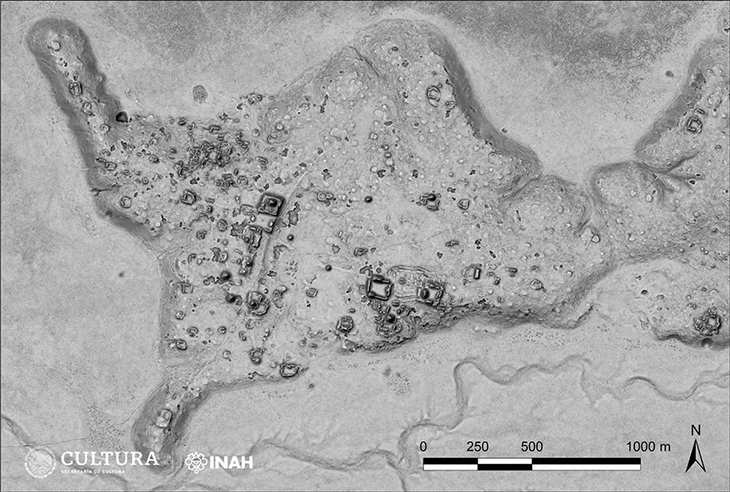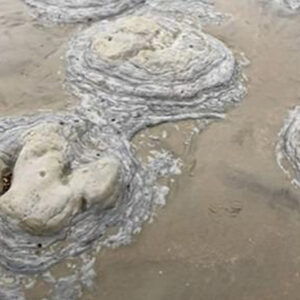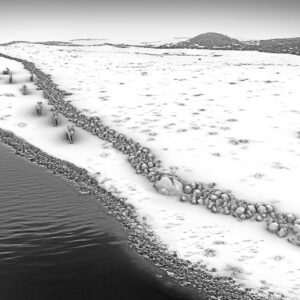
In yet another incredible discovery, the LiDAR – or Light Detection and Ranging – has found pyramids, a ballcourt, and columns that were built way back in the late Mayan Empire over 1,000 years ago. The hi-tech surveying device managed to find all of these beneath a thick forest canopy at that.

The site, which is located in a portion of the forest region in the Mexican state of Campeche, has been left mostly unexplored. It has an area of 1,150 square miles close to the Calakmul Biosphere Reserve.
The city’s core, spanning 123 acres, is named Ocomtún, derived from the Yucatec Mayan word for ‘column,’ reflecting its central stone pyramid. Surrounding the pyramid, several plazas, a ballgame court, and the stone columns that lend Ocomtún its name were constructed between 250 CE and 1,000 CE.
Alongside a number of Mexican institutions, anthropologist at the Research Center of the Slovenian Academy of Sciences and Arts, Ivan Šprajc, who was also part of the project said, “The site served as an important center at the regional level, probably during the Classic period.”
Šprajc shared, “The most common ceramic types that we collected on the surface and in some test pits are from the Late Classic (600 – 800 CE); however, the analysis of samples of this material will offer us more reliable data on the sequences of occupation.”
The researchers made the discovery in March 2023 when the LiDAR was making surveys in the area. It revealed a number of multiple prehispanic structures in a section larger than Luxembourg.

The LiDAR is a laser-survey device that can create detailed maps of terrain found beneath a jungle canopy. It works by being mounted on the front of an aircraft, allowing it to survey in extreme detail, despite flying at very high speeds.
The impact of technology goes far beyond assisting archaeologists in locating and excavating beneath the rainforest canopy of South and Central America. It is fundamentally reshaping our understanding of human civilization and positioning the people of Mesoamerican as highly organized and technologically advanced, surpassing even the post-Roman era in Europe.
A compelling illustration of this can be found thousands of miles away in Bolivia, where LiDAR technology unveiled the existence of a forgotten South American civilization known as the Casarabe Culture. This remarkable society managed to construct large pyramids, develop sophisticated irrigation systems, and build extensive road infrastructure, all accomplished with the use of locally available soil resources.
Dr. Heiko Prümers, who led the LiDAR survey, told World at Large, “Just imagine you are working 20 years in that region like we did, and you have to explain to someone not familiar with the archaeology of the region, and they’re asking what is special about that culture—you’d need an hour to explain it. Now we just show the images, and everybody will say ‘Wow, yes it’s obvious that it’s something big’.”
Among the notable findings is Angamuco, an expansive urban settlement of the ancient Purépecha civilization, lying in ruins and concealed beneath vegetation in the Lake Pátzcuaro Basin of Michoacán, Mexico. Spanning an area of approximately 40% of the size of Manhattan, this extraordinary site encompassed an estimated 39,000 buildings.
Surprisingly, despite its location in a densely populated region, Angamuco remained hidden until the years 2007-2012 when LiDAR surveys were conducted. The use of this innovative technology unveiled the true magnitude and extent of this once-thriving city, shedding light on a remarkable piece of history that had eluded discovery for centuries.
What are your thoughts? Please comment below and share this news!
True Activist / Report a typo


